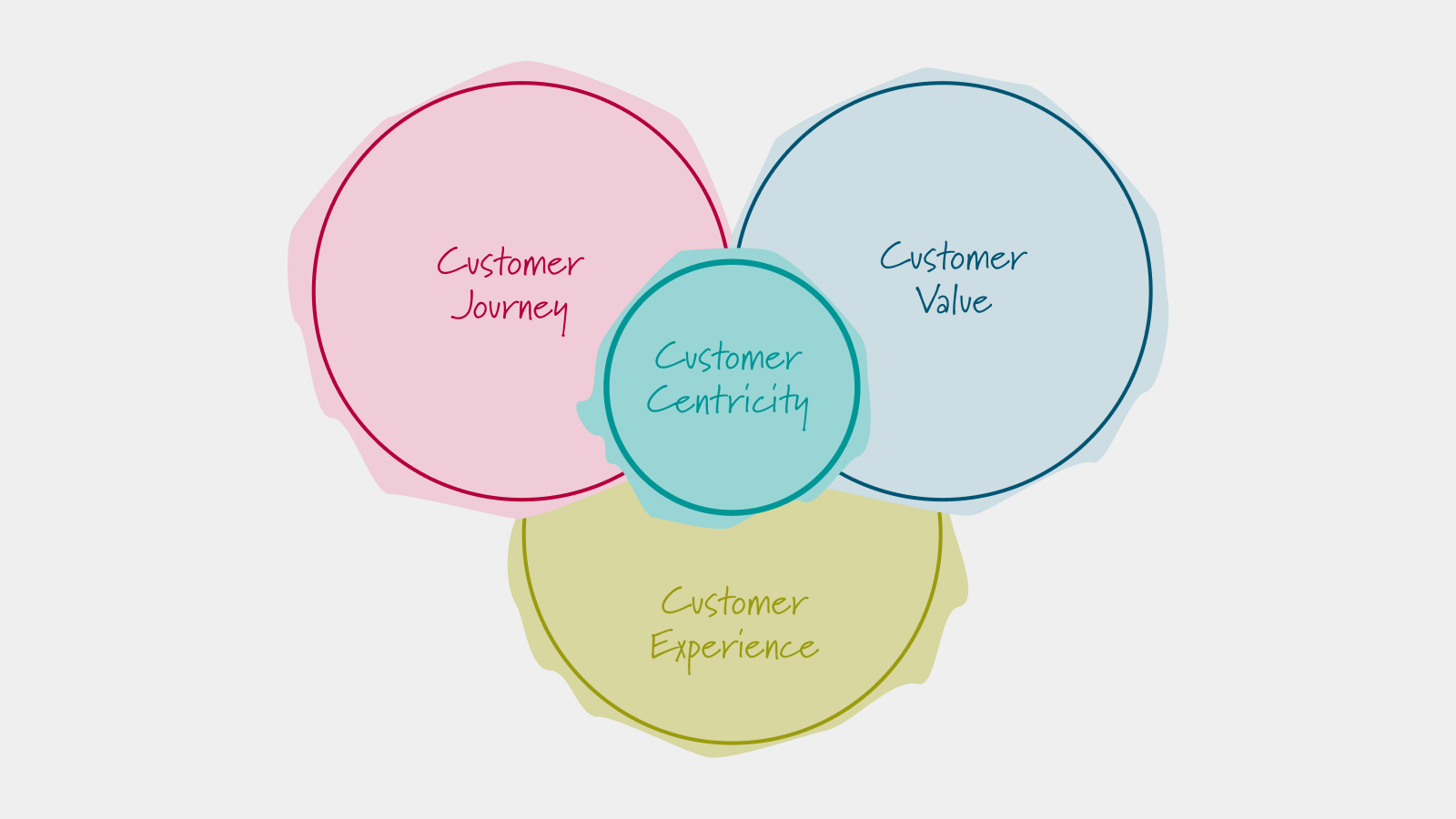
Transaction Model
A business model blueprint for professional service firms

Oliver Grasl
8.2.2013
An introduction of a transaction model
In this post, I discuss how to use the business model prototyping approach to professional service firms. You can find a list of all posts in the series Make Your Professional Service Firm Grow.
The starting point for building the business model prototype is theA Generic Business Model Blueprint, which I introduced in my post on Business Prototyping And The Generic Business Model Prototype. Before going into the details of the prototype I wanted to illustrate how this blueprint can be applied to model an industry-specific blueprint, that of a generic professional service firm (PSF). I started this in my last post, in which I discussed the Value Network.
Today I would like to move on to a generic blueprint for the transaction model of professional service firms.
The main questions a transaction model should answer are:
- What products and artifacts do you exchange via the channels of the value network?
- Which transactions do you need for this?
- How often are these transactions performed?
- What benefits (e.g. revenue) and cost (e.g. cost for external suppliers, internal effort) are associated with these transactions?
The questions regarding the cost, benefits and frequency of a transaction are especially important:
- the (financial) measure of the value a company creates depends on the costs and benefits associated with the transaction: value=cost-benefits. The total value added by the company is thus the sum of the value generated by each individual transaction, overall transactions that are performed.
- the frequency at which transactions are performed tells you something about the demand for a capability that is critical to any company: the ability to manage its transactions. Naturally, it makes a big difference if you are managing many transactions or few transactions. For instance, one of our clients provides a fully automated tolling service – they perform millions of transactions a week. Each individual transaction generates only very little value, but altogether the value generated adds up to billions of euros per year. Another client of ours provides engineering services for power plants – the transactions they perform sometimes take more than ten years to complete, and they only perform a few of these in parallel. In return, each of these transactions generates a lot of value.
The starting point for exploring the transaction model is the value network. I introduced an archetypical value network for professional service firms in my Value Network but for ease of reference I have included the value network diagram again here:

The easiest way to proceed is to systematically go through all channels and ask which products and artifacts are exchanged via that channel and which transactions are used. At this stage it is important to get a complete, but not a detailed picture of the transactions – you should identify all relevant transactions and get a rough estimate of the figures regarding frequency, cost and benefits; but you do not need to look at how transactions are performed in detail or how exactly these figures come about (we do that at a later stage while building the prototype).
To keep this post brief I will just take a look at one of the channels in detail, the direct recruiting channel between the professional service firm and the market of talents. This should be sufficient to illustrate the process. Also – because this is a generic, industry-specific transaction model – I will not go into the concrete figures regarding the value generated by the transactions.
So which transactions are associated with the direct recruiting channel?
A useful approach to identifying the transactions associated with a channel is to think along a life cycle: the PSF first hast to awaken the talents interest (by providing recruiting materials), it then recruits the talents (and provides an employment contract). Eventually, the talent will leave the company. So we end up with three transactions (note that I record the products and artifacts that are exchanged in brackets after the name of the transaction):
- provide recruiting materials (recruiting materials)
- recruit talents (contract, talent)
- discharge talent (talent)
If you continue this process for the other channels of the value network, you will end up with a diagram similar to this one – the transaction model blueprint for professional service firms:

We have covered a lot of ground again today, it is time to take a break. I will be back next week with a generic blueprint for the Value Creation Logic.
Workshops
Resources
All Rights Reserved.





